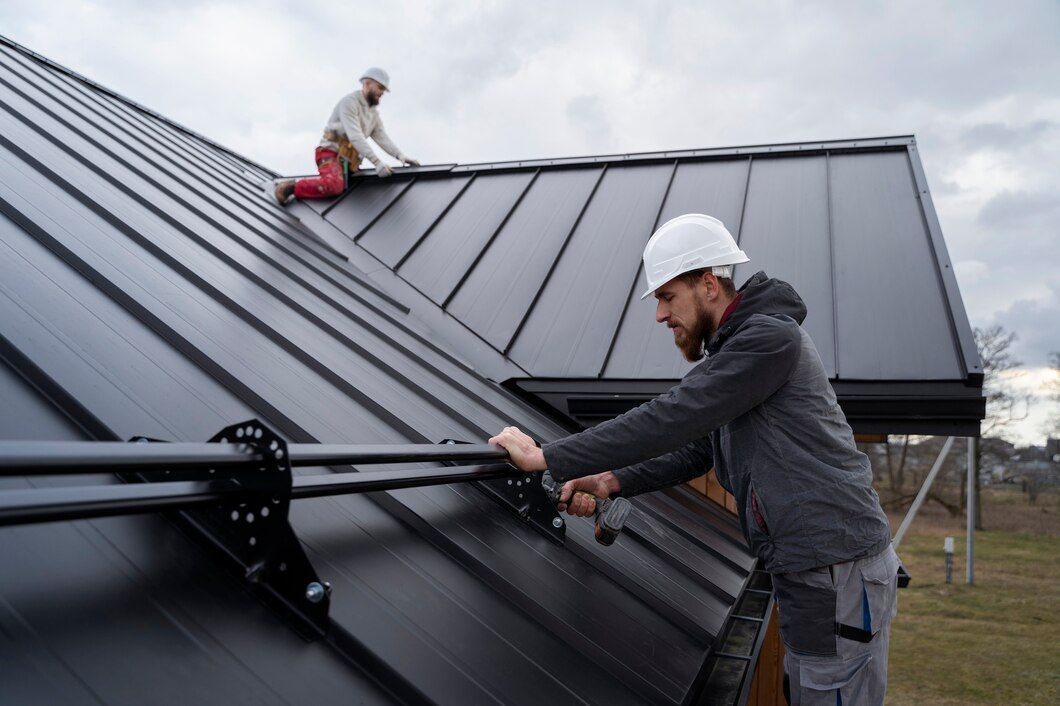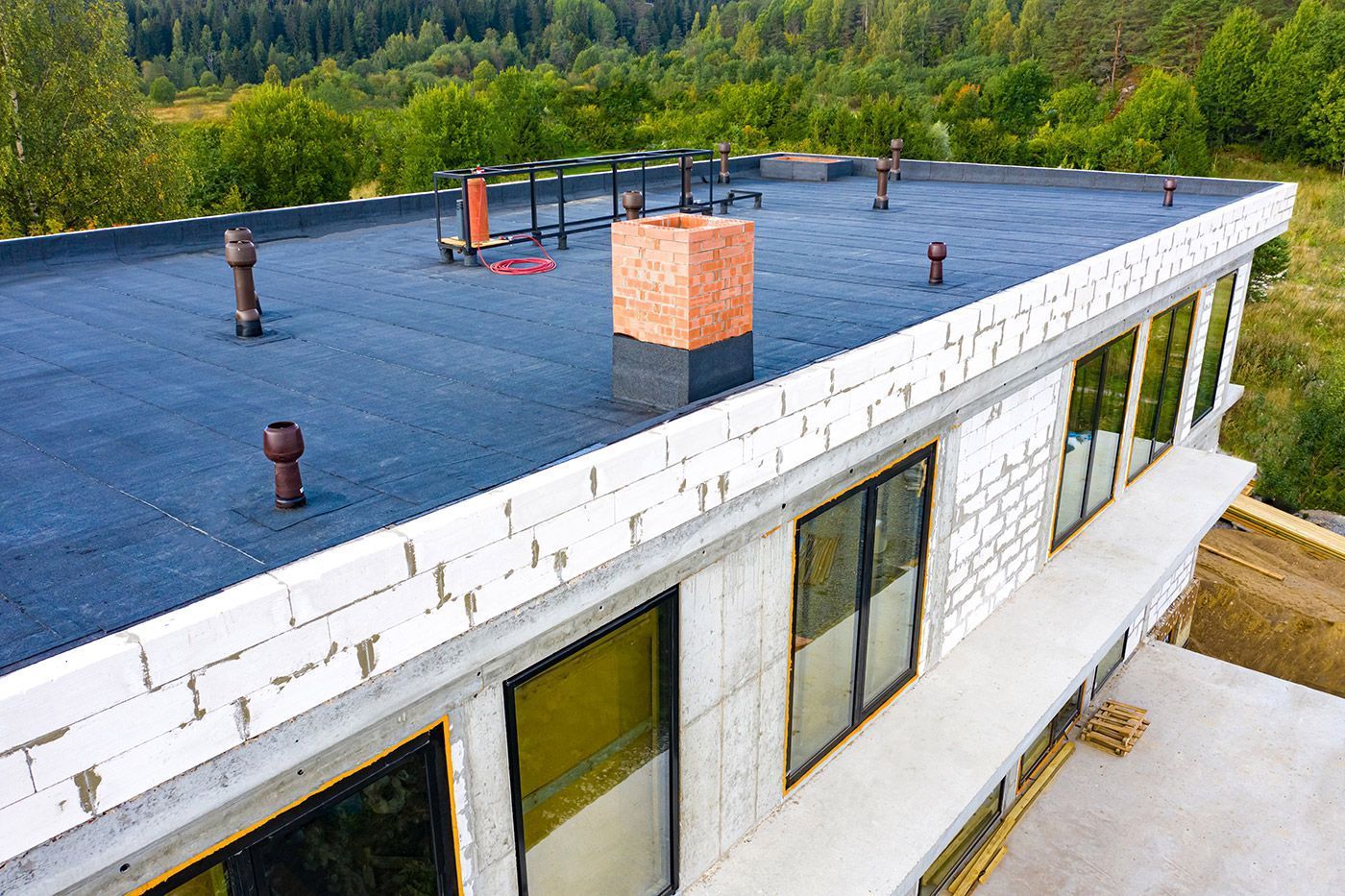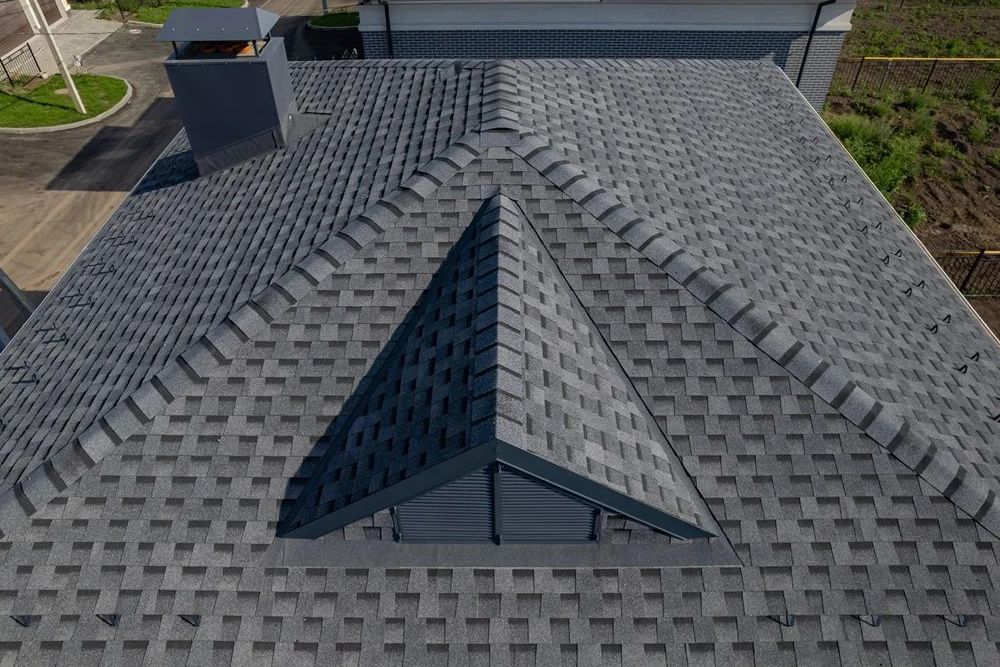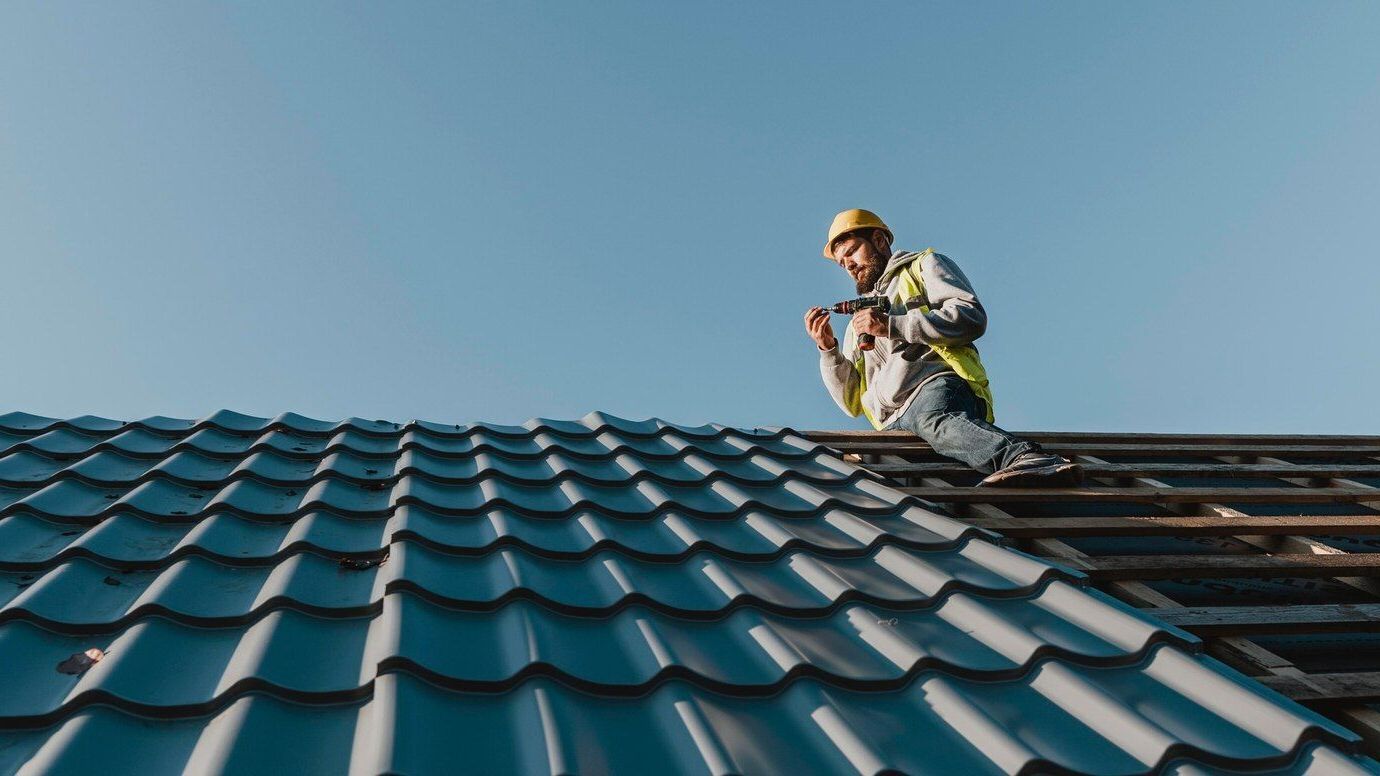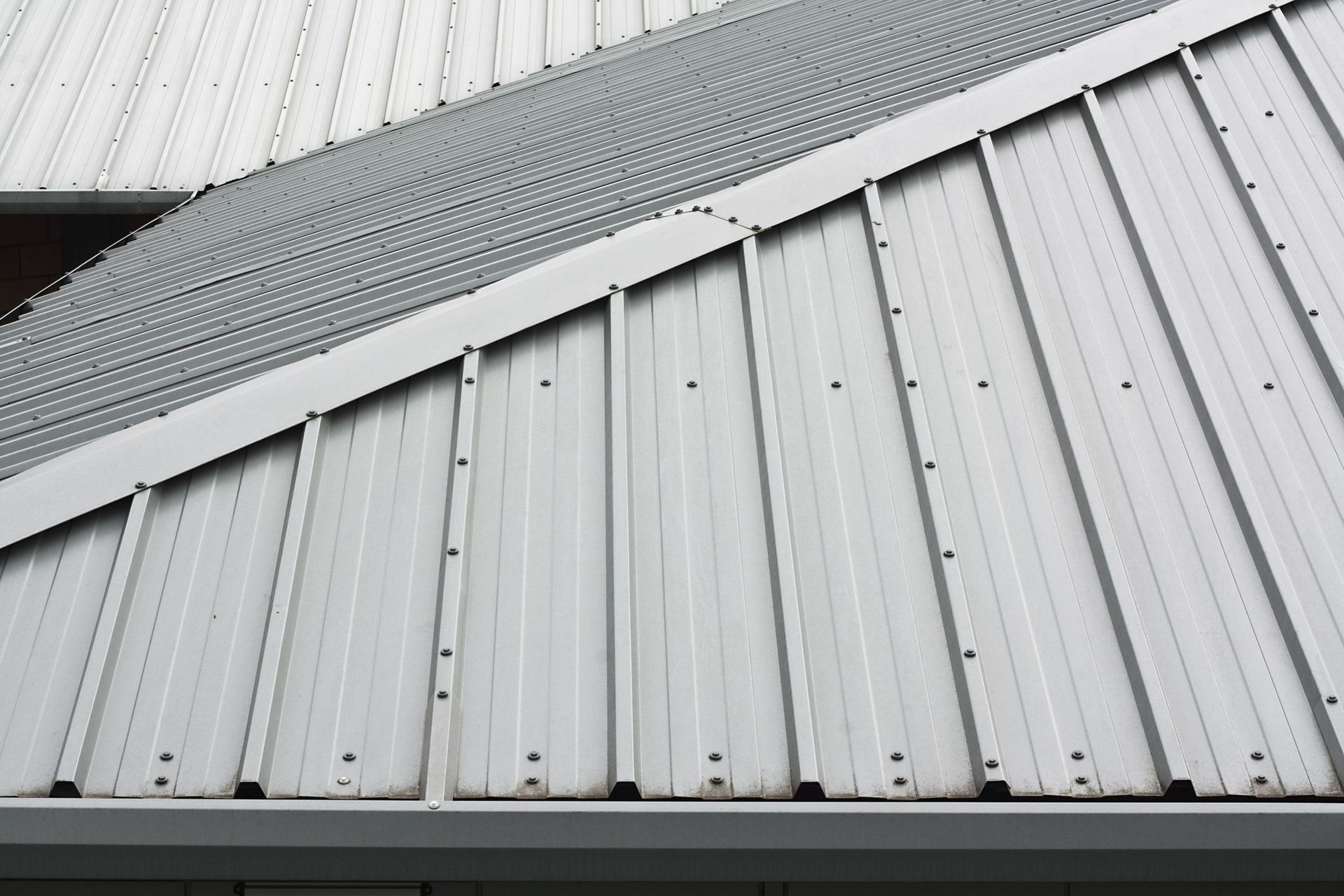Essential Tips for Residential Roof Inspections
Keeping your roof in top shape is one of the most important things you can do to protect your home in Broken Arrow, Oklahoma. With the area's unpredictable weather, regular roof inspections are essential—not just for catching problems early but also for avoiding costly damage later on. Whether you’re dealing with minor wear and tear or need a handyman roof repair, a proactive approach starts with knowing what to look for and when.
Many roofing issues, like leaks or missing shingles, begin as small concerns but quickly turn into major problems. That's why scheduling routine roof inspections is the best way to stay ahead of issues like water damage, loose flashing, or even structural wear. A detailed inspection can also catch early signs of deterioration that might lead to more serious repairs—especially when it comes to
leak roof repair.
Schedule Routine Roof Inspections in Broken Arrow Oklahoma
Twice-Yearly Inspections
Plan to inspect your roof at least twice a year—once in the spring and again in the fall. These seasons are ideal times to assess any winter storm damage and prepare for changing weather ahead.
Post-Storm Checks
Broken Arrow is no stranger to wind and hail. After major storms, walk around your property to inspect your roof from the ground. Look for signs of missing shingles, dented gutters, or debris buildup—then schedule a professional inspection to check for hidden issues.
Watch for Water Damage
Indoor Red Flags
Water stains on ceilings or walls are classic signs of roof leaks. Bubbling paint, musty smells, and sagging drywall may also indicate moisture is making its way inside.
Inspect the Attic
Your attic is often the first place signs of a roof problem show up. During your inspection, check for wet insulation, mold, or beams with water damage. If you see light filtering through the roof boards, it’s time for immediate attention.
Check Shingles and Roofing Materials
Shingle Health
Shingles protect the entire roofing system. Look for curling edges, cracks, or missing shingles. Asphalt shingles shedding granules is an early sign they’re nearing the end of their lifespan.
Material Breakdown
Whether you have asphalt, metal, tile, or wood roofing, watch for signs of aging, like warping, rust, or soft spots. These issues reduce your roof’s ability to protect your home.
Get a Professional Roof Inspection
Expert Analysis
While DIY inspections are helpful, a professional roof inspection offers a deeper look. Roofing experts can detect small problems you might miss and recommend preventive solutions.
Long-Term Savings
Investing in professional inspections every 2–3 years extends the life of your roof. It helps identify risks before they become expensive emergencies—especially helpful for older homes or after a rough storm season.
Maintain Gutters and Remove Debris
Clear Roof Debris
Leaves, branches, and twigs trap moisture, leading to mold or rot. Safely remove debris after storms or during your routine inspections to keep the roof clear and functional.
Gutter Checkups
Clogged gutters are a hidden enemy of your roof. Overflowing water can back up under shingles and damage your fascia boards. Keep gutters clear to protect your roofline and home’s foundation.
Inspect for Pests and Wildlife
Look for Infestation Signs
Pests like squirrels, birds, and insects can damage roofing materials and insulation. If you see droppings, nests, or chewing around vents or flashing, call a pro to assess the damage.
Trim Nearby Trees
Prevent future damage by trimming back overhanging limbs. Tree branches can scrape shingles or break off during storms, causing serious harm to your roof.
Evaluate Ventilation and Insulation
Airflow Matters
Poor attic ventilation causes heat and moisture buildup, which can lead to mold and structural issues. Check that vents are clear and insulation is dry and evenly distributed.
Watch for Leaks
Ventilation issues often go hand-in-hand with leaks. During every roof inspection, look for signs of water intrusion or damp insulation, and schedule repairs promptly.
Inspect Flashing and Seals
High-Risk Zones
Flashing around skylights, chimneys, and vents is prone to wear. If seals are cracked or flashing is loose, water can sneak into your home.
Seal Integrity
Make sure caulking and seals are in good shape. Damaged seals should be replaced quickly to keep your roof watertight.
Conclusion: Stay Ahead with Regular Roof Inspections
In Broken Arrow, regular roof inspections are key to preventing expensive repairs and extending the life of your roof. Whether you’re looking to prevent future leaks or catch early signs of damage, inspecting your roof is the first line of defense. From checking shingles and flashing to scheduling expert evaluations, a proactive approach will keep your home safe and sound.
Need help with your next inspection or small repair? Trust the experts at
Roof Repair Broken Arrow for detailed assessments, preventative maintenance, and reliable
handyman roof repair services. Contact us today to schedule your inspection and protect your home with confidence.
OUR RECENT ARTICLES

